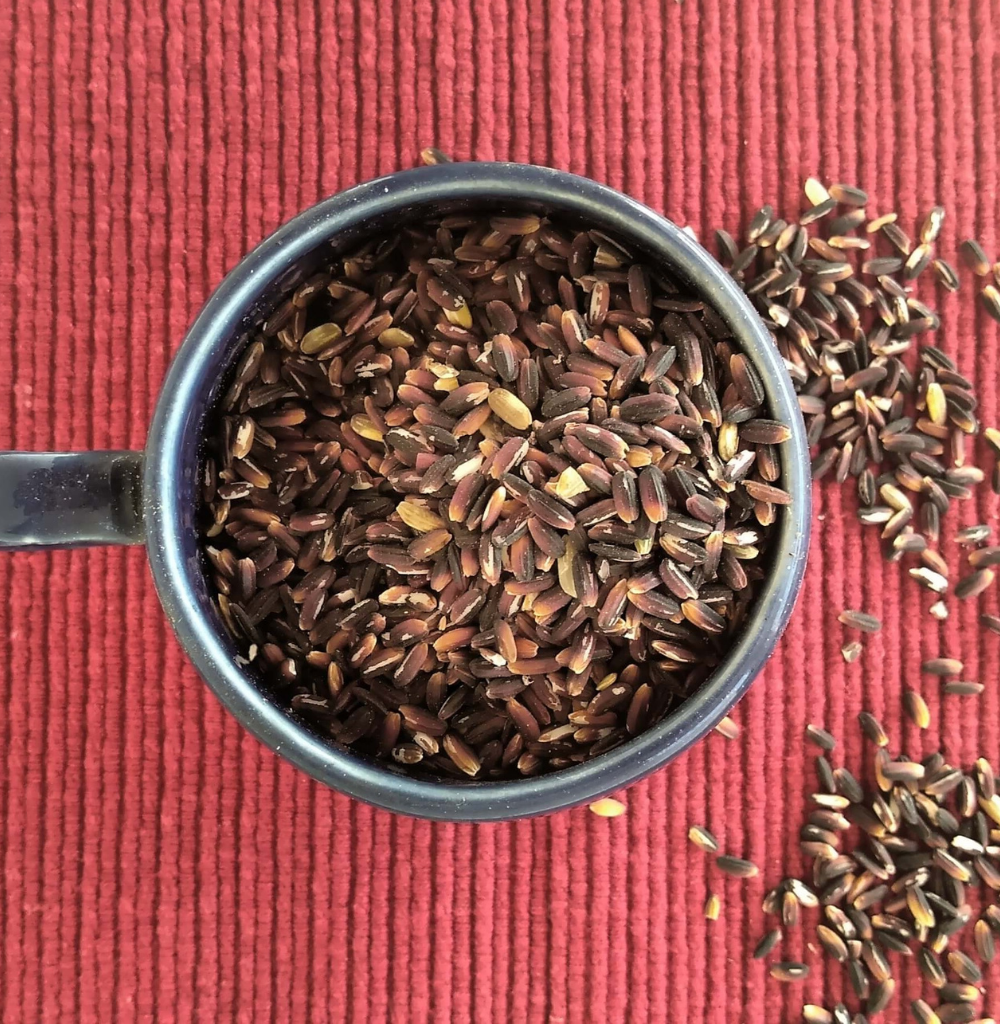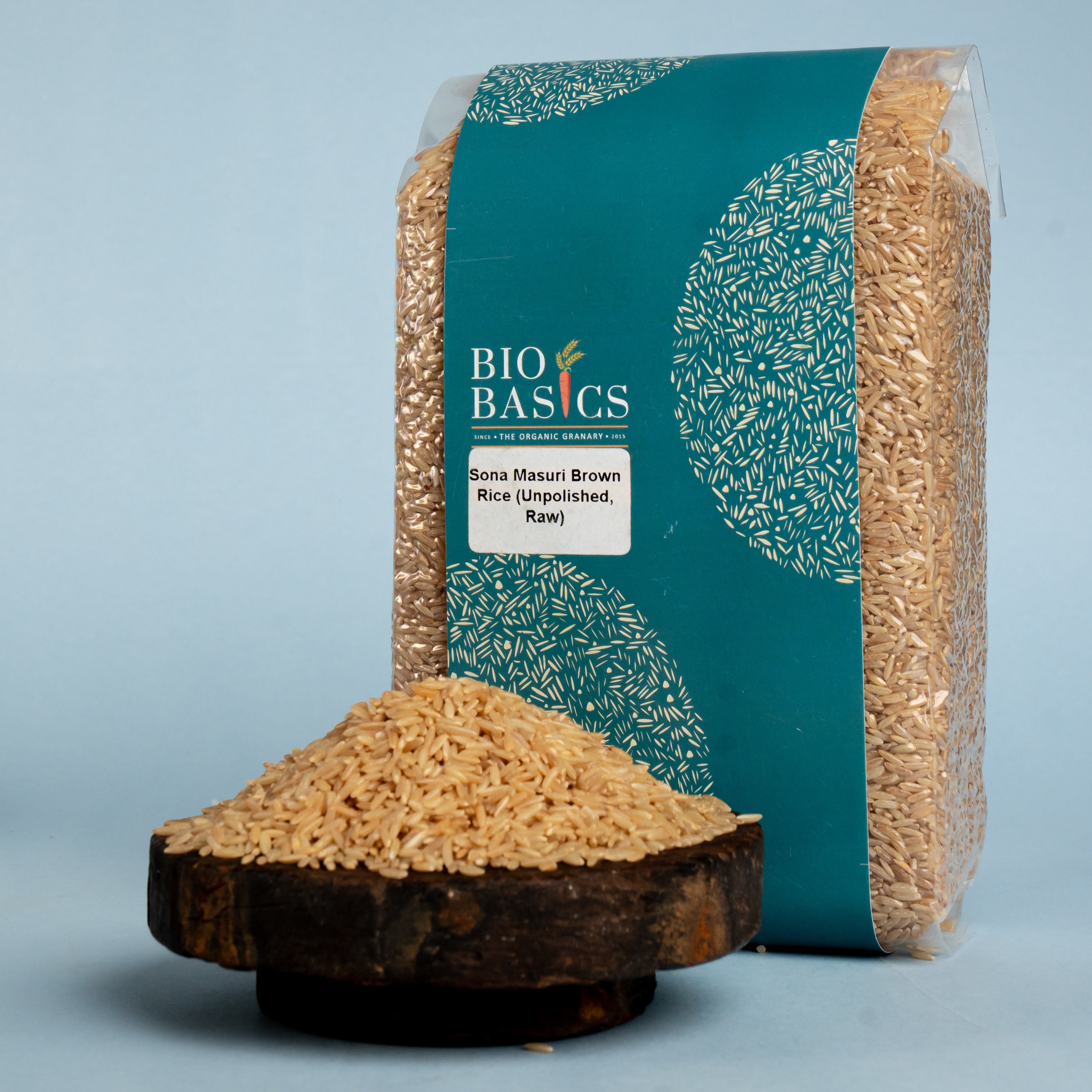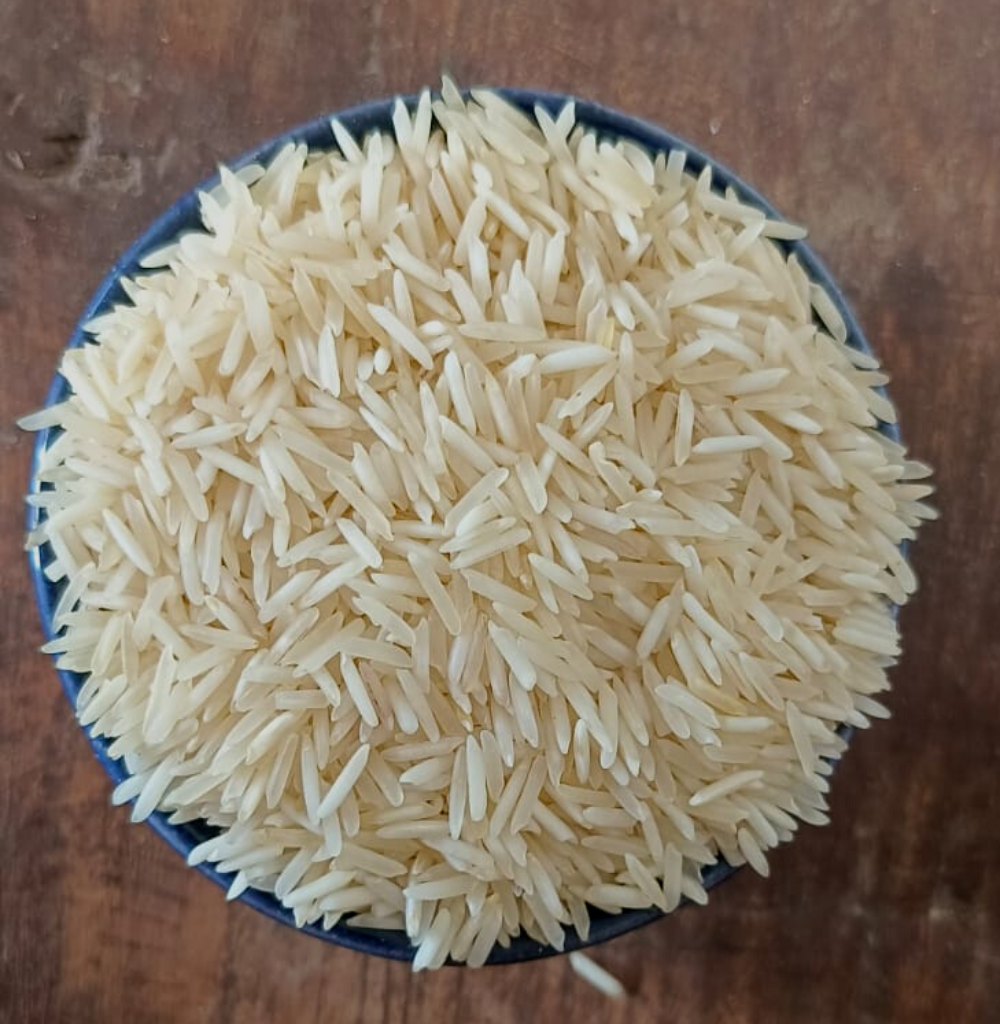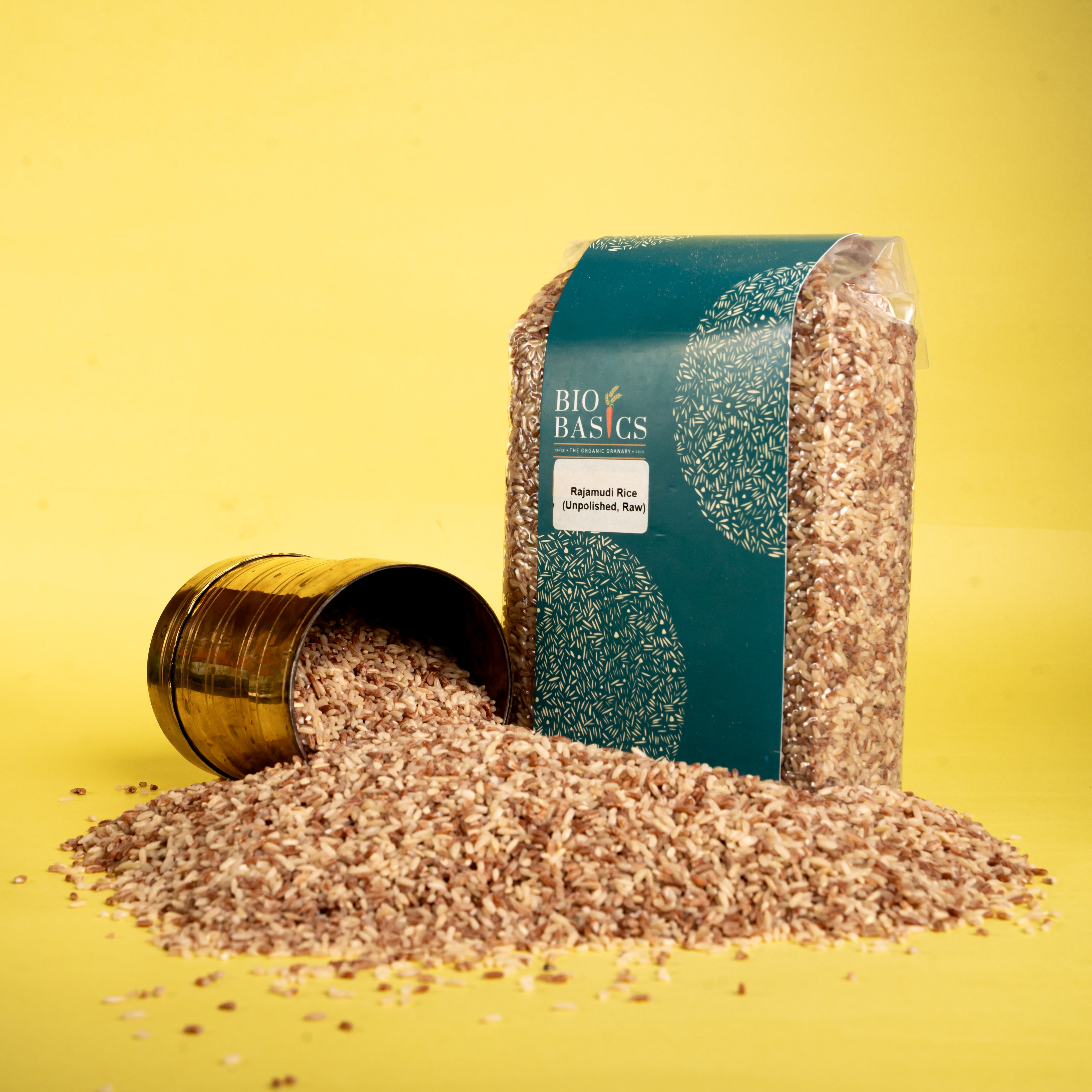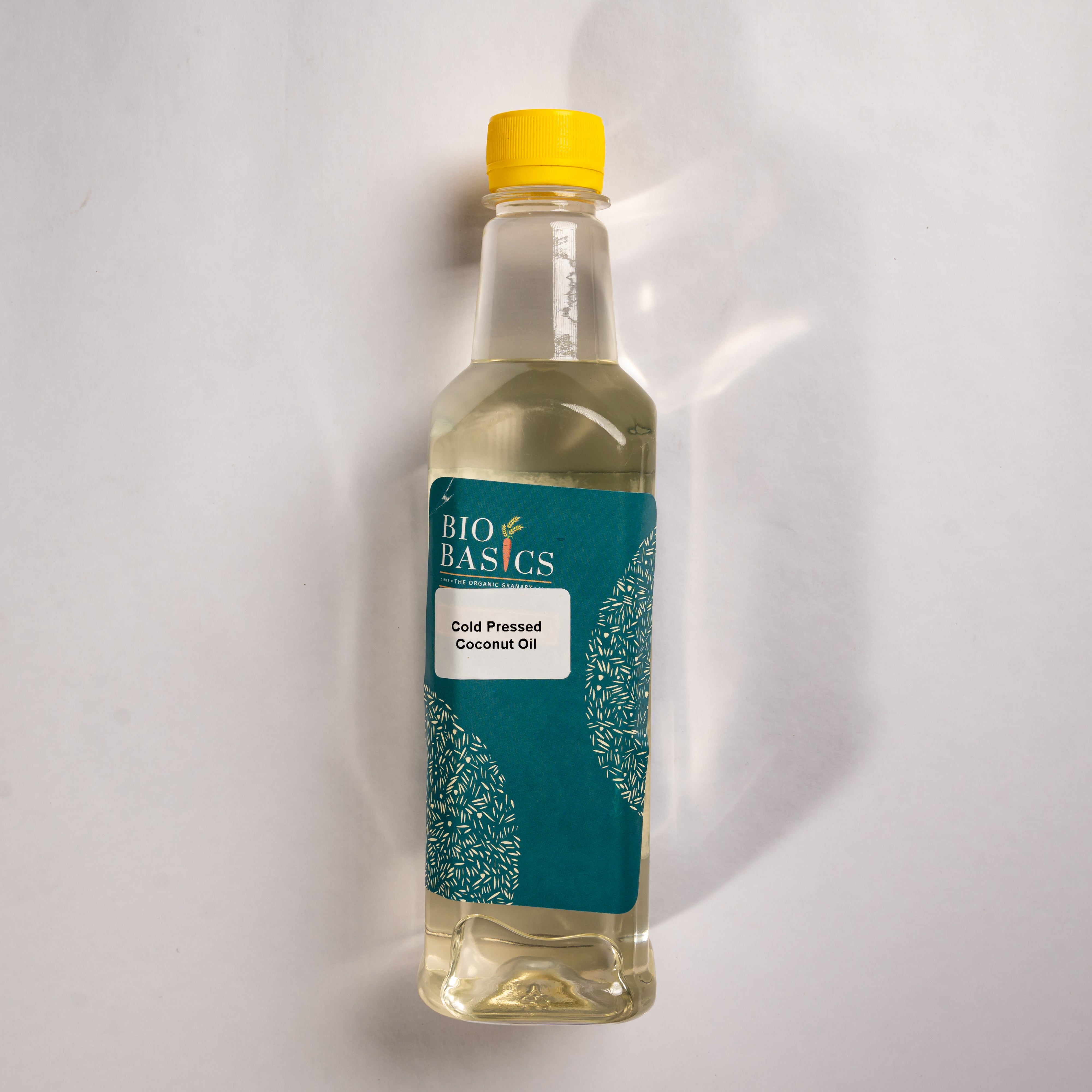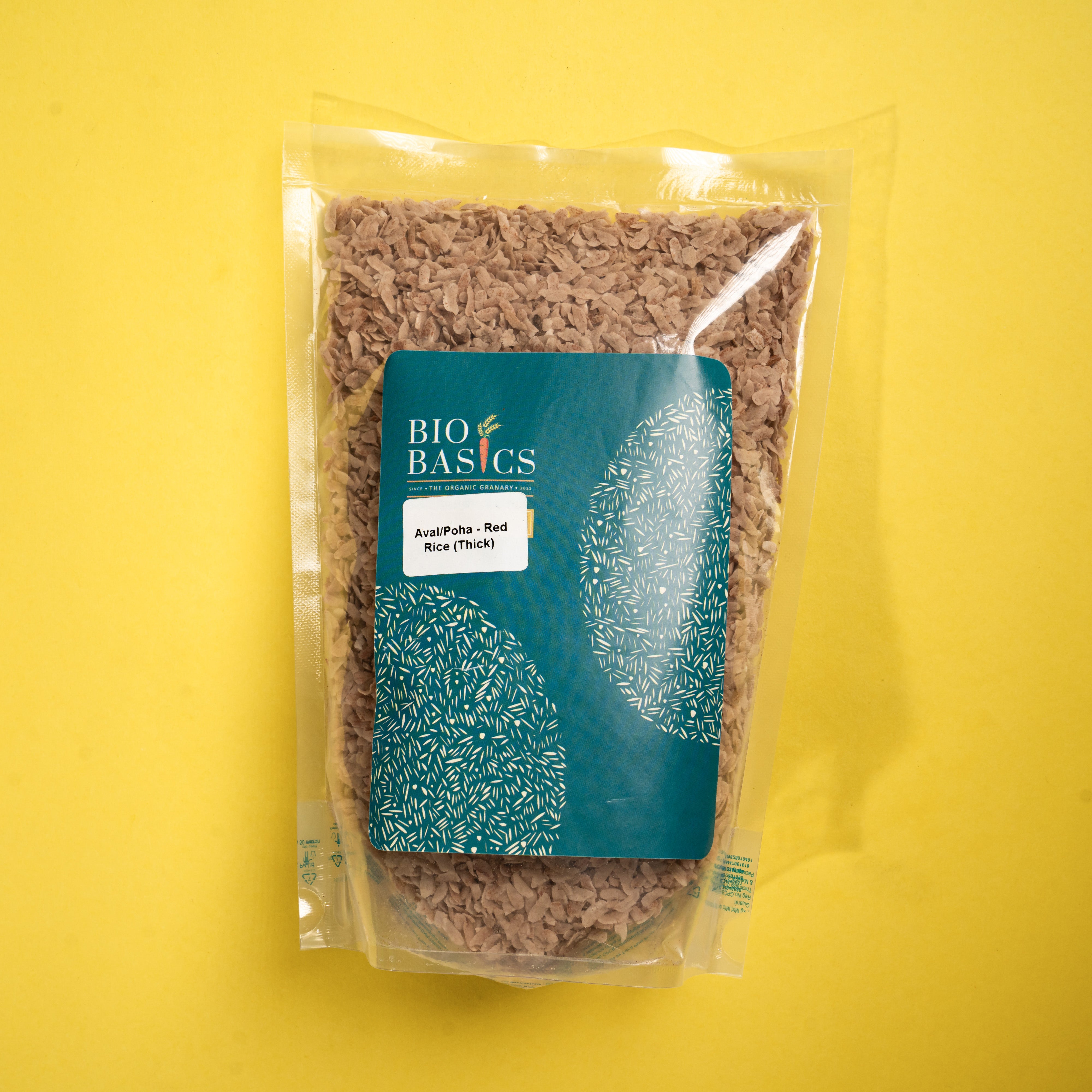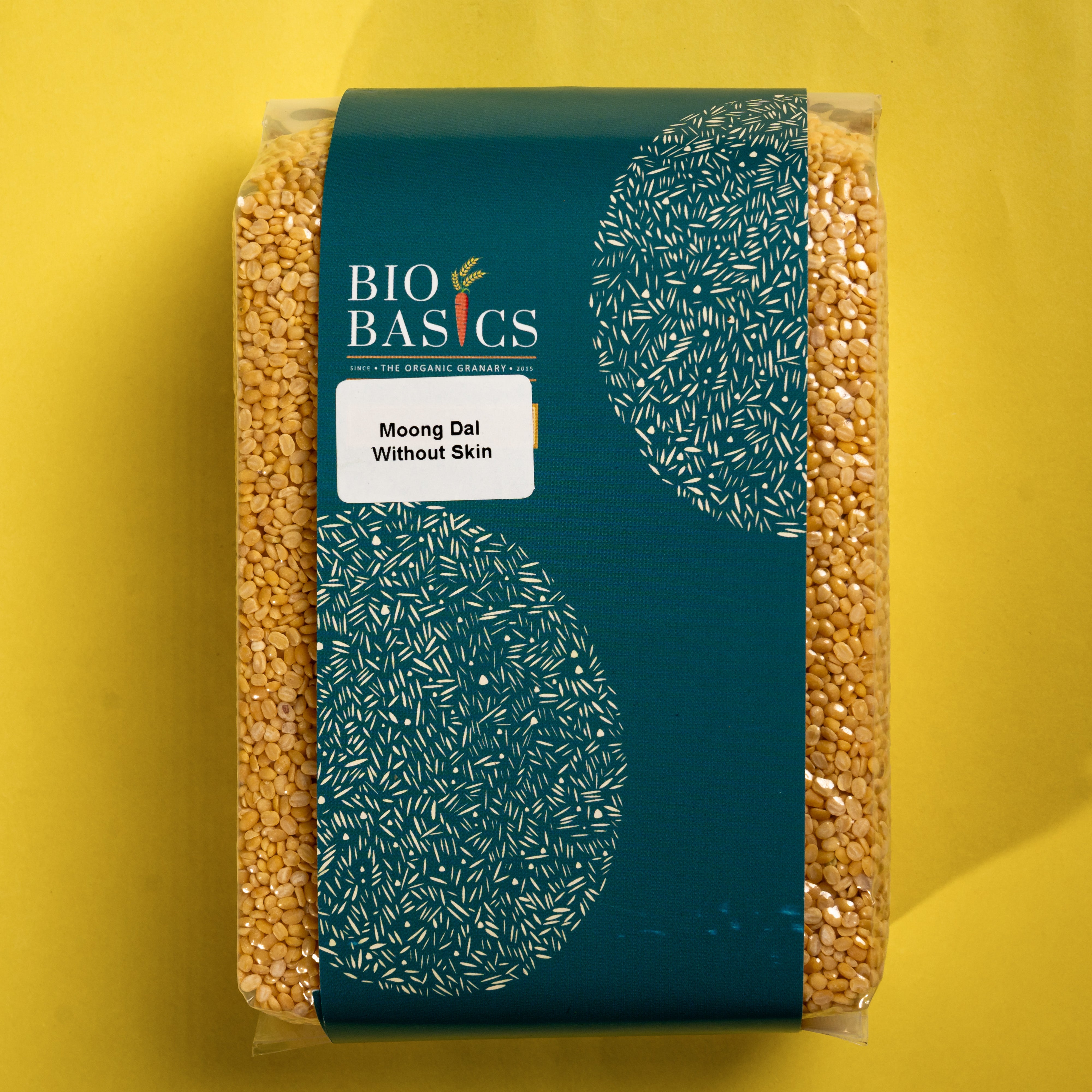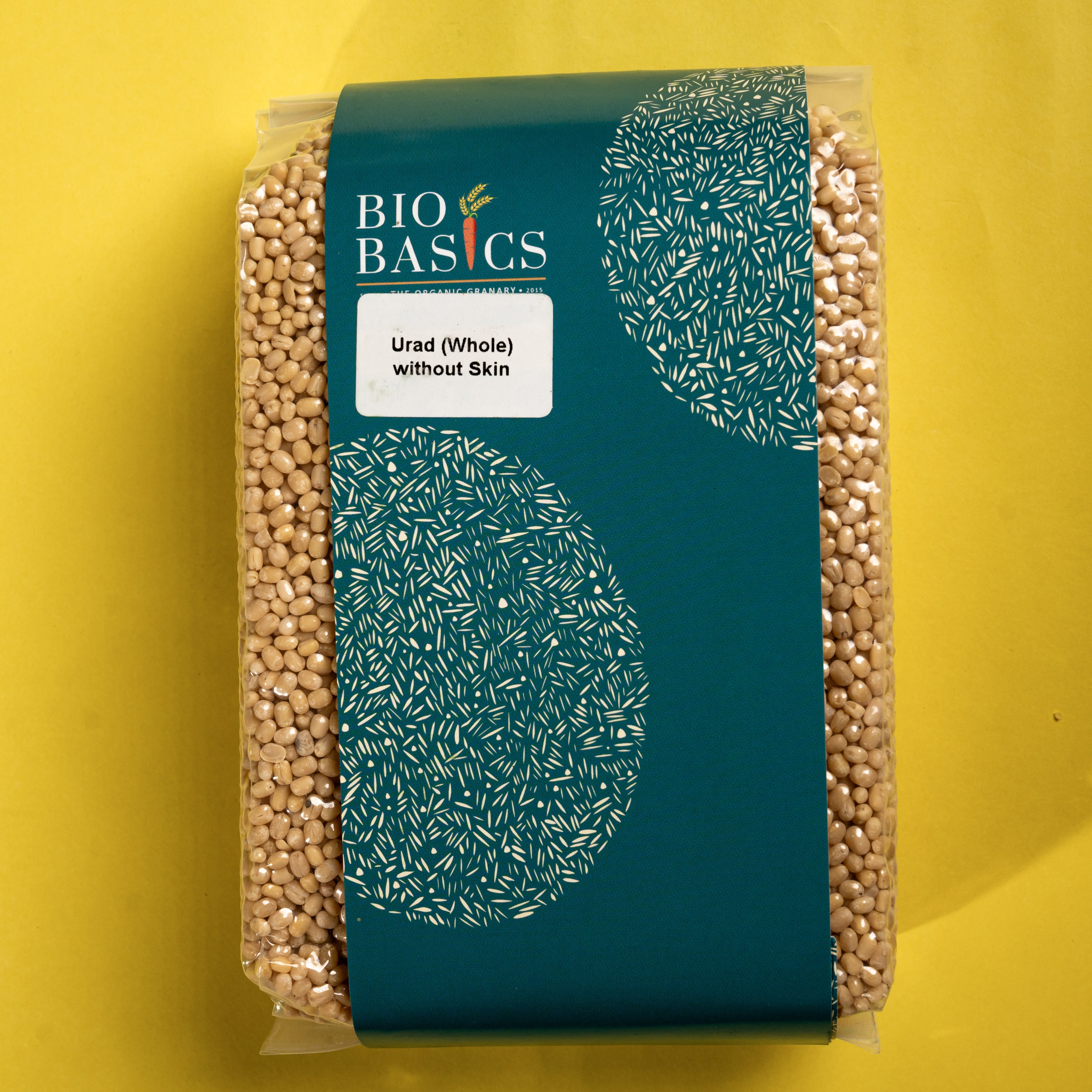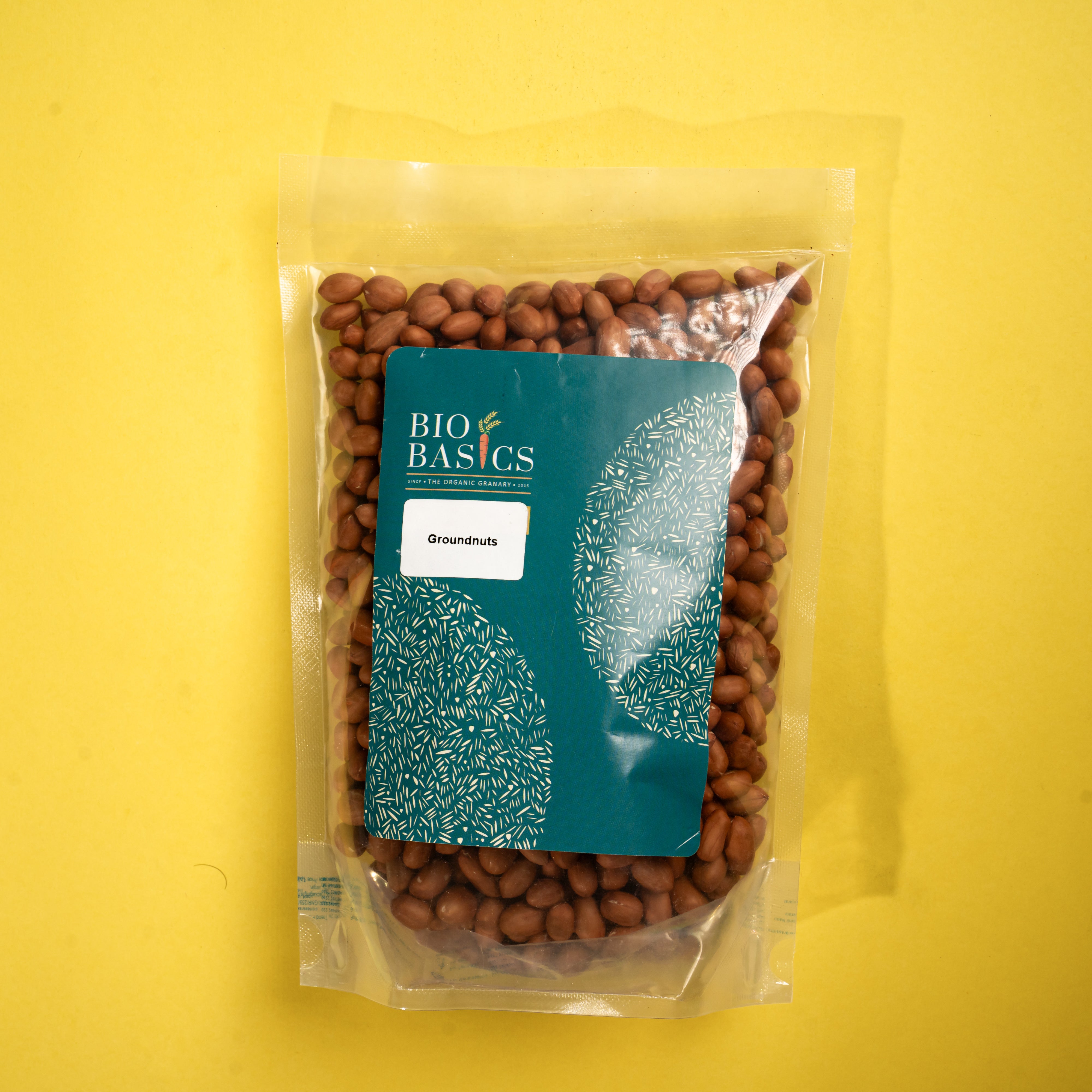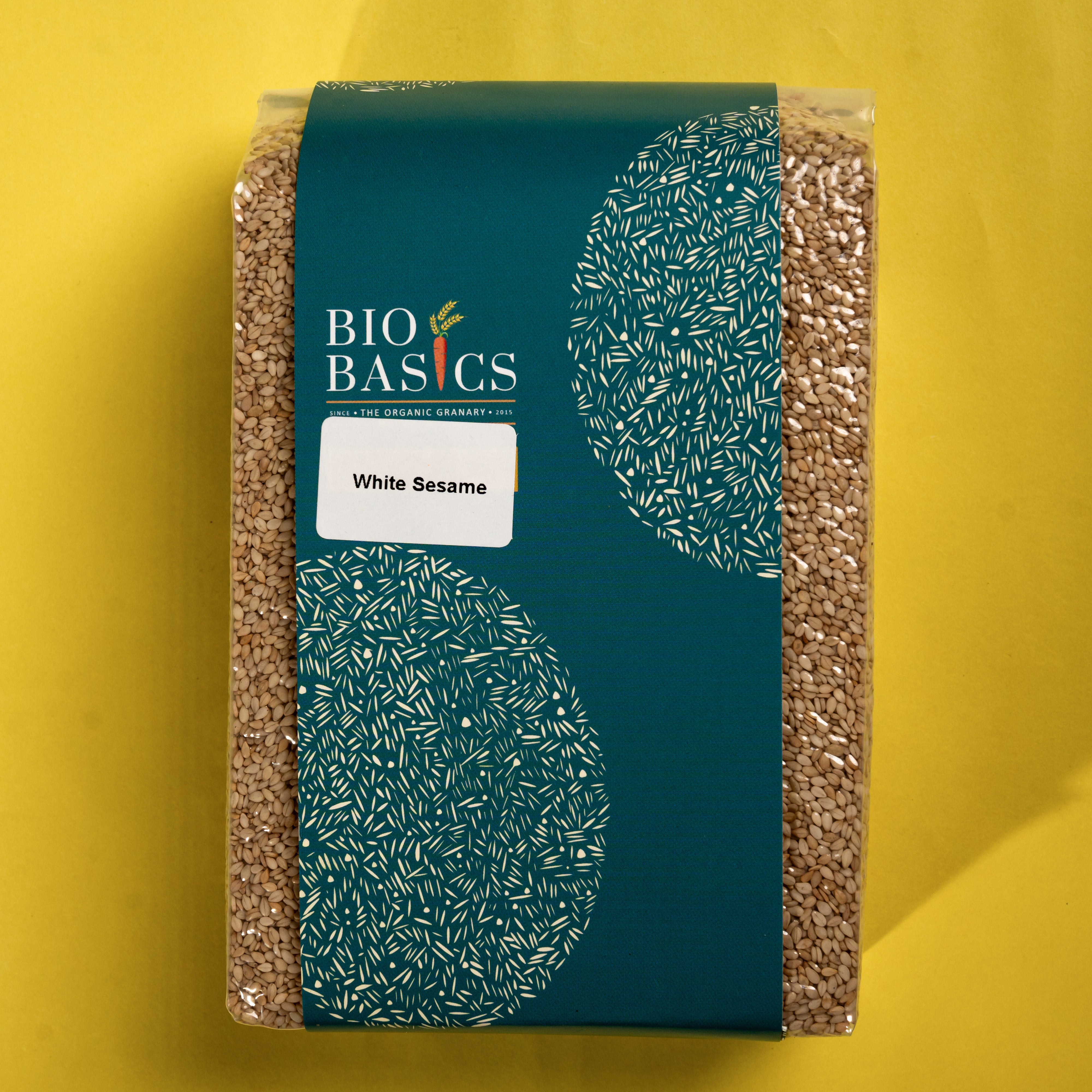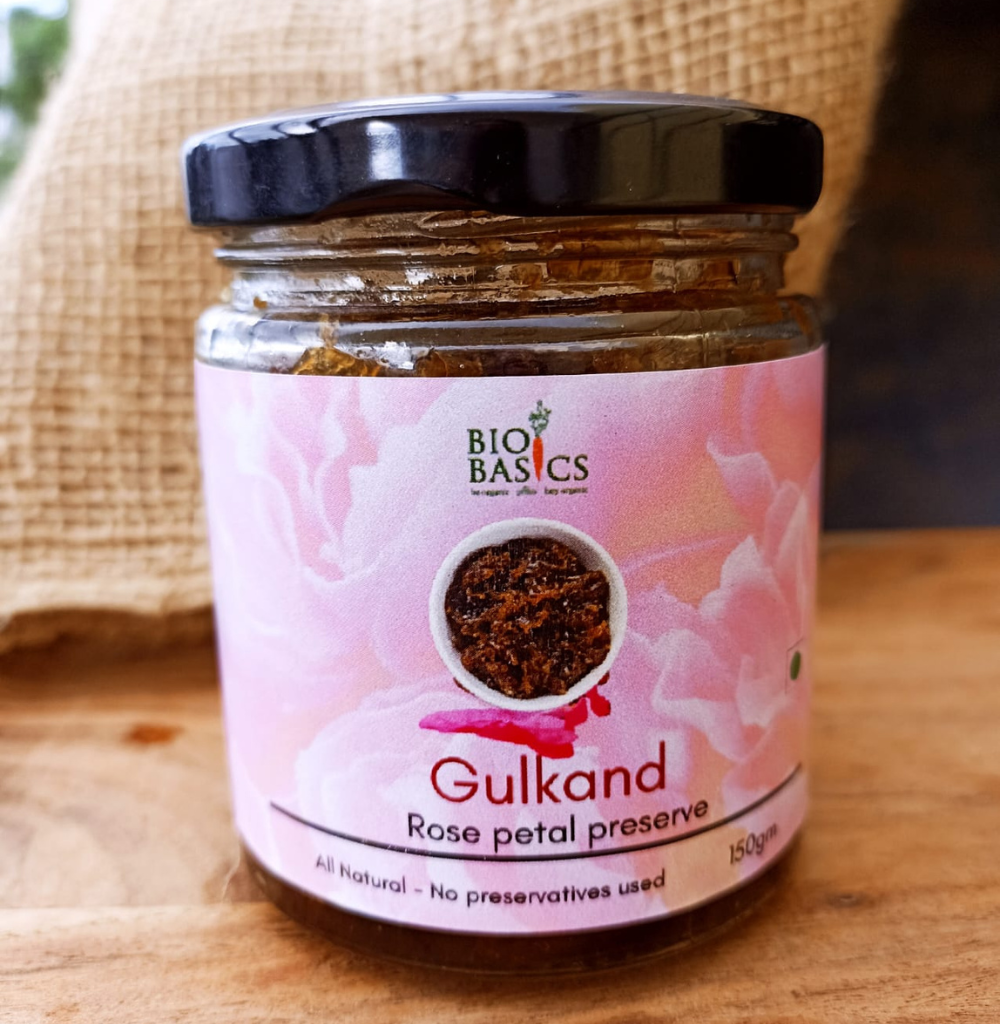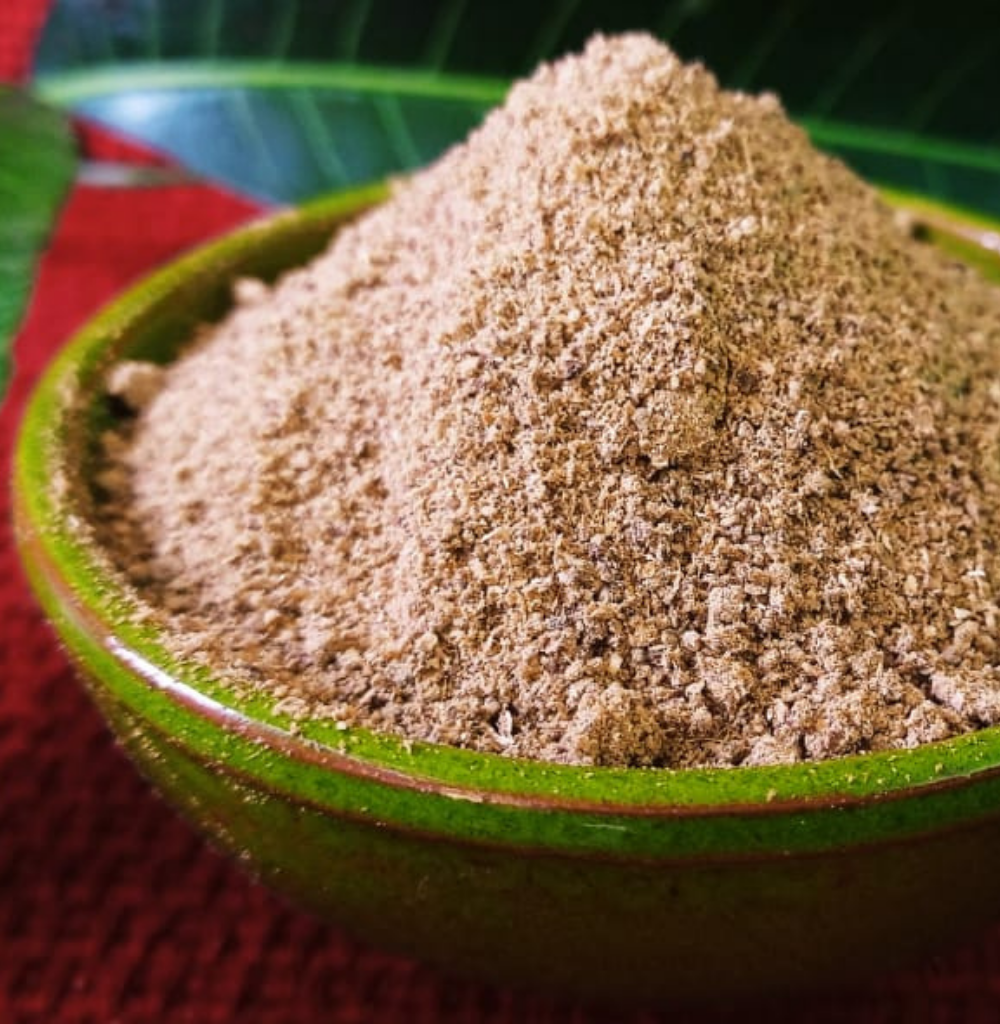Kanakchur Popped Rice
Frequently Bought Together
Storage
How to Cook
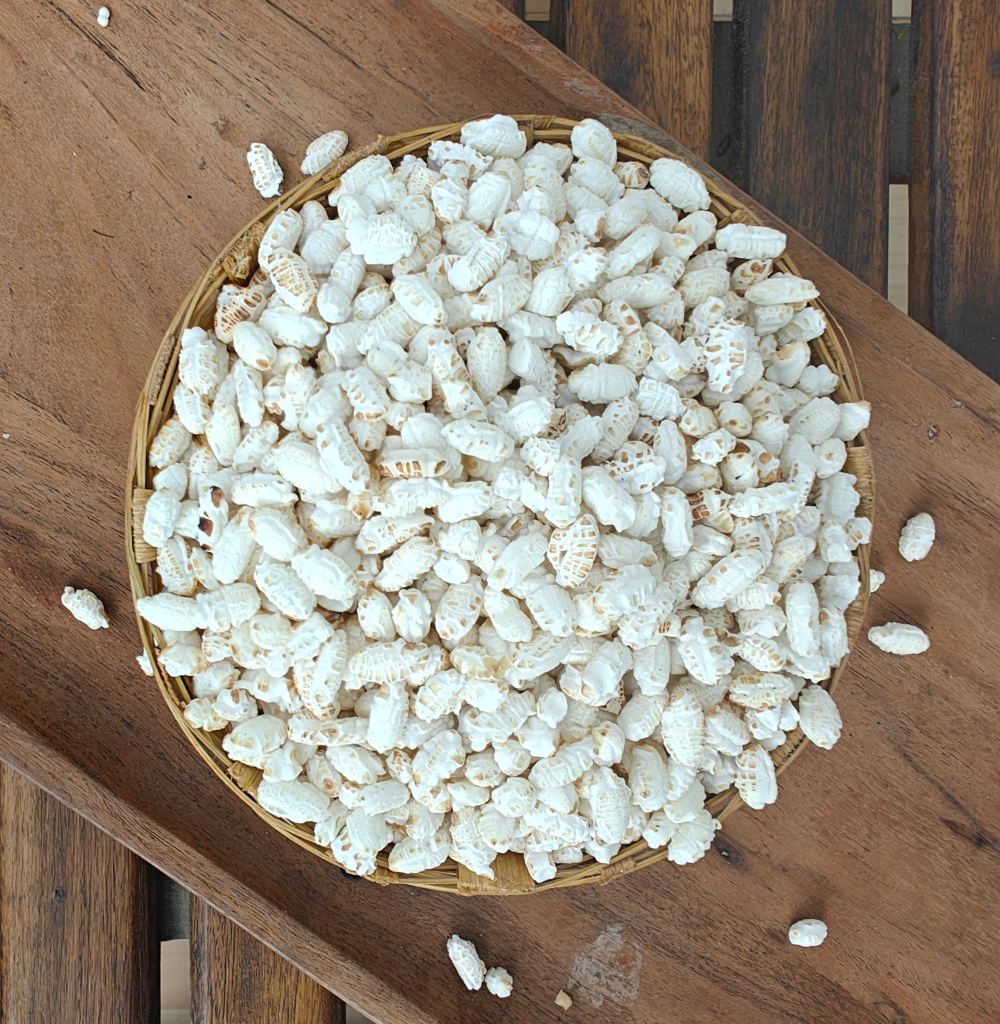
Kanakchur Popped Rice
Description
- A heirloom variety of rice from Bengal
- Grown specially for making popped rice
- Popped rice made in farm in small batches
- High fibre, healthy , delicious snack
- Made from processing paddy
- It is called Khoi in Bengali, Malar in Malayalam & Malar pori in Tamil
Bio Basics popped rice is prepared from the Bengal heirloom rice variety called Kankachur. The rice is grown organically and the popped rice is prepared by the farmer family in small batches on the farm. Popped rice , which is soft, airy and squishy, is different from puffed rice that is crisp and airy. Paddy is directly roasted on heated sand in an iron Kadai over a wood fire.
The health benefits come from the rice being organic, the popped rice being prepared from the paddy for no bran is removed and there is nothing added.
Cooking & pairing:
Popped rice is a popular snack/daily food in rice growing areas and can be used to eat in different forms. It is also significant for religious offerings.
It can be eaten with jaggery, coconut pieces and banana, which is traditionally done in Kerala. In Bengal it is eaten with milk and jaggery or made into laddoos or also just mixed with liquid jaggery and eaten.
Please note that sometimes you might find a bit of sand particles on the popped rice despite it being sieved twice, once while being prepared and another time before packing.
Bio Basics co-founder, Devi likes to munch on it, in the midst of work or reading, plain with no accompaniments :)
Storage instructions:
Store in an airtight container in a cool, dry place
Bio Basics Granary & Traditional Rice Varieties:
We name the rice variety as it has been traditionally grown to make popped rice , which is a daily food of the people of Bengal. We would like to valorise the variety and also by sourcing these rices from their place of origin we hope the increased popularity will result in more farmers cultivating it and more of us eating it, thus creating the cycle of consume to conserve.
Additional Information
| Size |
250g, 500g |
|---|



